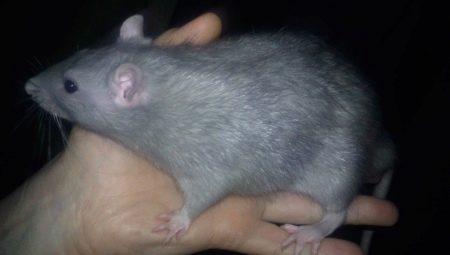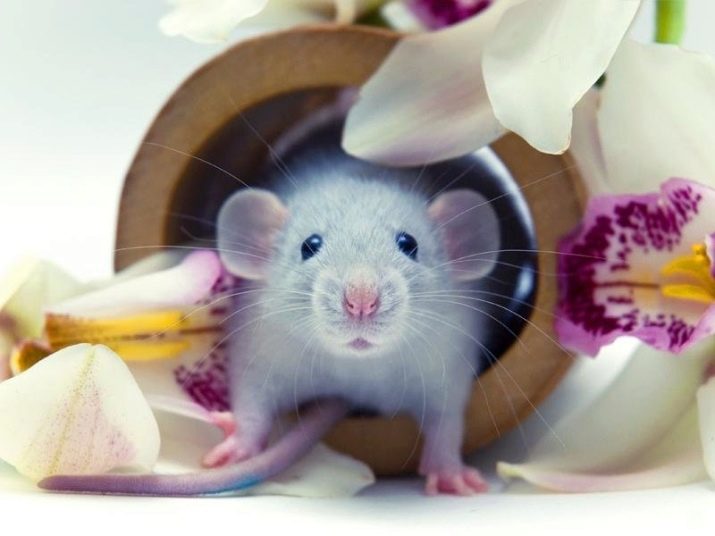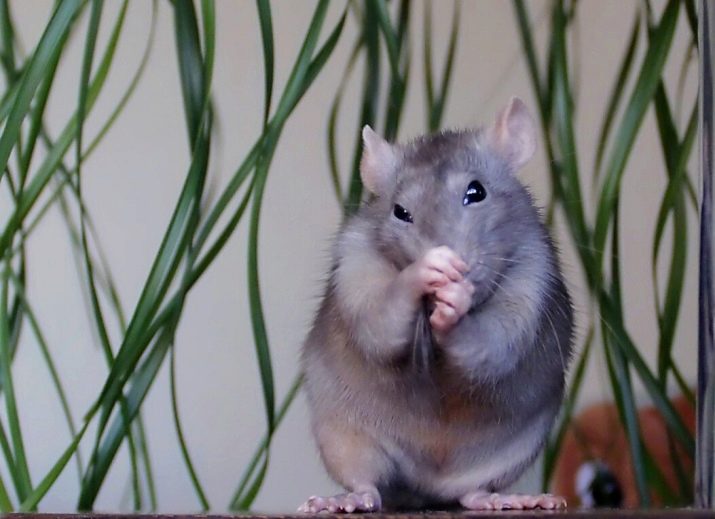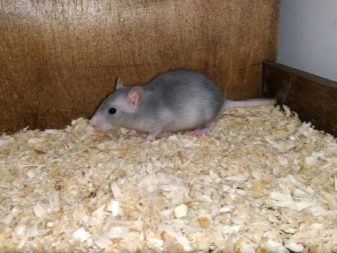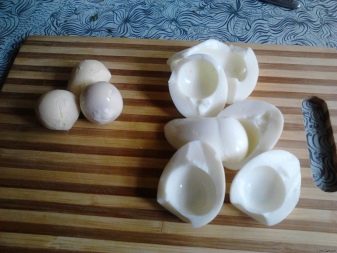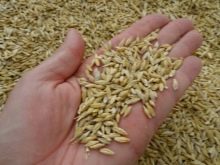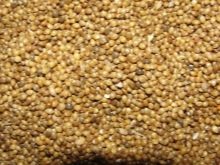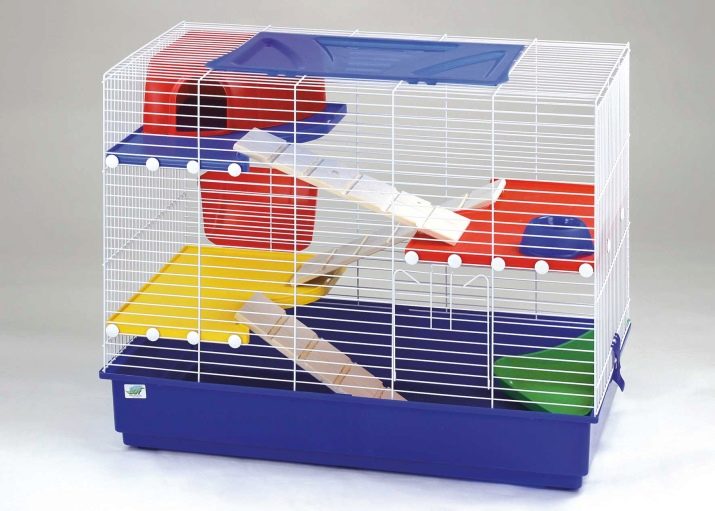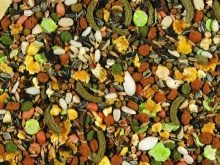Rats are one of the most intelligent and truly amazing animals that appeared millions of years before humans. Today they are often kept in the apartment as pets. They have their breed, size, colors. The article will discuss such an unusual variety of these rodents, like a blue rat.
Description
The blue rat is distinguished from the rest by a very interesting color. If you take a closer look, you can see that the undercoat is bluish in color, which creates such an interesting color. The paws of a rodent have the same color as the body, but the belly can also be of other shades - gray, white or silver.
In size and weight, the blue rat is no different from the rest. The average weight of the animal is about 500 grams, and the length of the body reaches 43 centimeters with the tail. Tail length - 15-25 centimeters. Adults are individuals that have reached one and a half years, however, they are ready to breed from five months.
Lifestyle and behavior
Ornamental rats are distinguished by kindness and affection for their owner. They love to explore the world and move outside the cell, often returning home on their own. Nevertheless, it is worth being careful here, because rats love to nibble and spoil various interior items.
Keeping up with the rats is quite difficult, as they are very fast and active creatures. However, in general, these are very friendly and docile animals. It is also worth mentioning the fact that these rodents are among the most intelligent. Because of this feature, rats are tested in various laboratories. They respond well to their nicknames and easily learn the simplest commands.
It is important to understand that the decorative rat is a sociable animal, therefore you should buy several animals at once. If there is no such possibility, then it is necessary to communicate with the rodent as often as possible and to set it free. The average daily rate of communication for a blue rat is at least one hour.
What to feed?
When composing the diet for an ornamental rat, you should take into account the fact that this animal is a rodent. It is not necessary to feed the animal with only store food, as this type of food can lead to undesirable consequences. At least 60% of the diet should be fruits and vegetables. It is important that all products are well washed and finely chopped.
Rats can give porridge. It is better if it is a crumbly croup, because the viscous mass of animals can easily choke. As for meat products, it is quite allowed to give rats raw and boiled meat, but only occasionally. By-products such as liver or stomachs will not interfere. It is also recommended to give egg white.
In the summer, you can pick grass for your pet - dandelions or daisies. Walnuts or cedar nuts will also be useful.
Avoid fried, smoked, salted foods, various sweets and sausages. It is not recommended to give cheese, soy milk, radishes and beets.
It is very important to choose the right rodent feed. The ideal mix for any rat should have the following composition:
- barley;
- millet;
- oats.
When buying food, you must consider the age of the rodent. For example, for younger rats will be suitable feed with the most diverse composition, for the older - with the most simple grain additives. It doesn’t hurt to put a mineral stone in a cage with your pet - by cracking it, a rat gets the calcium it needs. In general, it is best to feed the animal 2 times a day.
Content at home
The first thing you should pay attention to when choosing a rat dwelling is space. In no case can not keep the animal in a box, jar and other small containers. The cage can be found in any pet store, buying with it ladders, hammocks, houses and other entertaining items. Many enterprising owners build houses for rodents with their own hands.
Do not forget about the filler for the cell. Sawdust works best for this purpose, but you can also use paper. Cell cleaning should take place at least once a week. This procedure should not be neglected, since it helps to rid the structure of various microorganisms harmful to the rodent.
How many live?
The life span of a blue rat is exactly the same as any other - 2 or 3 years. Long-livers among rodents are found, but extremely rare. You can influence this factor with the help of nutrition.
A rat will live longer if the diet is properly selected, and its constituent products are clean and fresh. Do not overfeed or underfeed a rodent. This can trigger obesity or dystrophy.
Another important condition for long life is activity. It has been established that rats, which spend most of their time in a cage, live two times less than their active relatives. Therefore, letting the rodent out of the cage should be as often as possible.
The sad fact is that rats are extremely prone to various diseases, including oncology. It is impossible to prevent the development of a tumor. Most rats die because of malignant neoplasms. In the event that the animal signs of a tumor, you should immediately contact the veterinarian. The specialist is obliged to prescribe a course of necessary medicines and treatment that can alleviate the suffering or heal the animal.
The blue rat is a restless, but at the same time very friendly and affectionate animal. Like any other pet, it requires proper attention and care. By providing proper care for the rodent, you can significantly prolong its life and make the animal truly happy.
In the video below, you can assess the livelihoods, cell arrangement and activity of blue rats.
